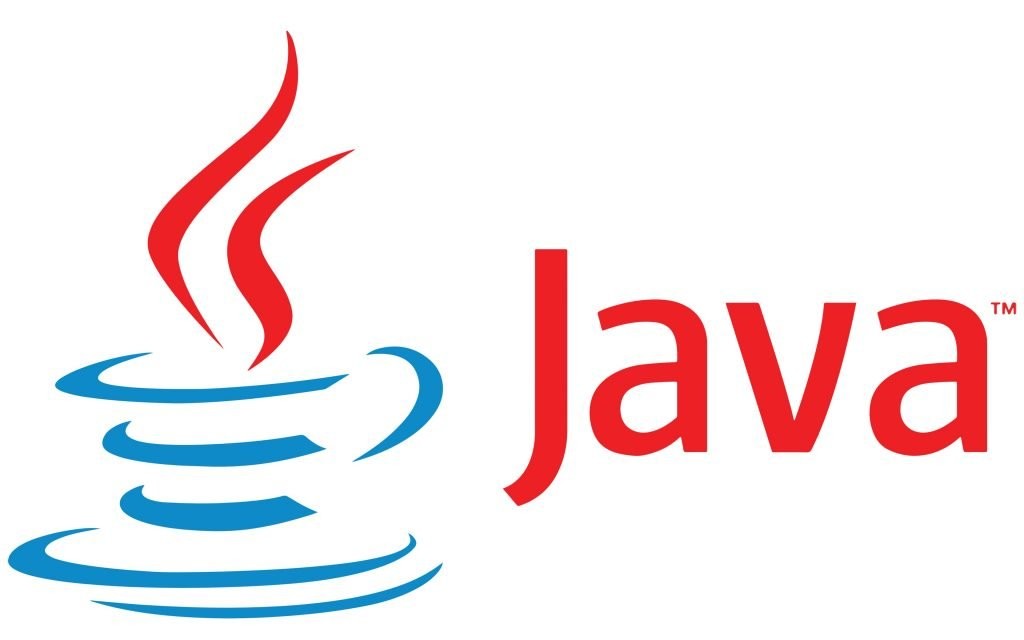Last Updated on August 5, 2024
Java Number class is a fundamental component of the java.lang package, serving as an abstract superclass for all numerical wrapper classes in Java. It provides a unified interface for working with various types of numbers, both primitive and object-based.
As an abstract class, Number cannot be instantiated directly. Instead, it acts as a parent for several subclasses, called numeric wrapper classes:
- Integer,
- Long,
- Float,
- Double,
- Short,
- Byte,
- BigInteger, and
- BigDecimal
Each of these subclasses represents a specific numerical type, offering specialized methods and functionalities.
The Number class defines several abstract methods that its subclasses must implement.
- intValue(),
- longValue(),
- floatValue(), and
- doubleValue(),
which allow for seamless conversion between different numerical representations. This flexibility enables developers to work with numbers in a more generalized manner, promoting code reusability and simplifying mathematical operations across different number types.
One of the key benefits of the Number class is its role in Java’s autoboxing and unboxing feature. This mechanism allows for automatic conversion between primitive types and their corresponding wrapper classes, significantly reducing boilerplate code and improving readability.
Boxing and Unboxing
Autoboxing and unboxing are features introduced in Java 5 that simplify working with primitive types and their corresponding wrapper classes.
Autoboxing is the automatic conversion of a primitive type to its corresponding wrapper class object. Unboxing is the reverse process – the automatic conversion of a wrapper class object to its corresponding primitive type.
Example:
// Autoboxing
Integer intObject = 42; // Automatically converts int to Integer
// Unboxing
int intValue = intObject; // Automatically converts Integer to intAutoboxing and unboxing make code more readable and reduce the need for explicit conversions.
It’s important to be aware of potential performance implications when used excessively, especially in tight loops or performance-critical code.
// Autoboxing
Character charObject = 'A'; // Automatically converts char to Character
// Unboxing
char charValue = charObject; // Automatically converts Character to charPolymorphism
The Number class in Java plays a crucial role in facilitating polymorphism, a key concept in object-oriented programming. As an abstract superclass for all numerical wrapper classes, Number enables the creation of more flexible and reusable code when dealing with various numeric types.
Polymorphism through the Number class allows methods to accept any subclass of Number as an argument, promoting code generalization. This means a single method can handle different numeric types (Integer, Double, Float, etc.) without needing separate implementations for each. For instance, a method with a Number parameter can work with any of its subclasses, allowing for dynamic method dispatch based on the actual object type at runtime.
This polymorphic behavior is particularly useful in mathematical operations, data processing, and algorithm implementations. Developers can write more abstract and versatile code that operates on numbers regardless of their specific type. It also enables the creation of collections that can store different numeric types under the common Number interface.
Example:
import java.util.ArrayList;
import java.util.List;
public class NumberPolymorphismExample {
public static void main(String[] args) {
// Create a list of Number objects
List<Number> numbers = new ArrayList<>();
// Add different numeric types to the list
numbers.add(Integer.valueOf(10));
numbers.add(Double.valueOf(3.14));
numbers.add(Long.valueOf(1000000L));
numbers.add(Float.valueOf(2.5f));
// Process all numbers using a single method
for (Number num : numbers) {
processNumber(num);
}
// Calculate sum using a method that accepts Number
double sum = sumNumbers(numbers);
System.out.println("Sum of all numbers: " + sum);
}
// Method that works with any subclass of Number
public static void processNumber(Number num) {
System.out.println("Processing number: " + num);
System.out.println(" Type: " + num.getClass().getSimpleName());
System.out.println(" As int: " + num.intValue());
System.out.println(" As double: " + num.doubleValue());
System.out.println();
}
// Method that can sum any type of Number
public static double sumNumbers(List<Number> numbers) {
double sum = 0;
for (Number num : numbers) {
sum += num.doubleValue();
}
return sum;
}}
Primitive Wrapper Classes
Primitive wrapper classes in Java are object representations of the primitive data types. They encapsulate a primitive value within an object, allowing primitives to be used in contexts that require objects, such as in generic collections or when null values are needed.
These classes provide utility methods for parsing, converting, and manipulating their respective primitive types. They also enable autoboxing and unboxing, allowing seamless conversion between primitives and their wrapper objects.
Wrapper classes are particularly useful when working with Java collections, which can’t directly store primitive types. They also provide a way to represent null values for primitives, which is not possible with the primitive types themselves.
Example:
public class WrapperClassExample {
public static void main(String[] args) {
// Creating wrapper objects
Integer intObj = Integer.valueOf(42);
Double doubleObj = Double.valueOf(3.14);
Boolean boolObj = Boolean.valueOf(true);
// Parsing strings
int parsedInt = Integer.parseInt("100");
double parsedDouble = Double.parseDouble("2.718");
// Using constants
System.out.println("Max int value: " + Integer.MAX_VALUE);
System.out.println("Min double value: " + Double.MIN_VALUE);
// Autoboxing and unboxing
Integer autoBoxed = 55; // Autoboxing
int unboxed = autoBoxed; // Unboxing
// Utility methods
System.out.println("Binary representation of 42: " + Integer.toBinaryString(42));
System.out.println("Is 7 prime? " + isPrime(7));
}
// Using wrapper class for null check and utility method
public static boolean isPrime(Integer num) {
if (num == null || num <= 1) {
return false;
}
for (int i = 2; i <= Math.sqrt(num); i++) {
if (num % i == 0) {
return false;
}
}
return true;
}
}BigInteger and BigDecimal
BigInteger and BigDecimal are both subclasses of Number, just like Integer, Long, Float, and Double. However, they are not primitive wrapper classes.
Instead, they are used for handling very large numbers or for performing high-precision arithmetic.
Unlike the primitive wrapper classes, BigInteger and BigDecimal do not have corresponding primitive types. They also don’t participate in autoboxing and unboxing.
BigInteger:
- Used for arbitrary-precision integer arithmetic
- Can represent infinitely large integers (limited only by available memory)
- Useful when dealing with numbers beyond the range of long (2^63 – 1)
BigDecimal:
- Used for arbitrary-precision decimal arithmetic
- Allows precise representation of decimal fractions
- Useful for financial calculations where precision is crucial
Example:
import java.math.BigInteger;
import java.math.BigDecimal;
public class BigNumberExample {
public static void main(String[] args) {
// BigInteger example
BigInteger bigInt = new BigInteger("123456789012345678901234567890");
BigInteger result = bigInt.multiply(BigInteger.valueOf(2));
System.out.println("BigInteger result: " + result);
// BigDecimal example
BigDecimal bigDec = new BigDecimal("3.141592653589793238462643383279");
BigDecimal sum = bigDec.add(BigDecimal.valueOf(1.5));
System.out.println("BigDecimal sum: " + sum);
}
}Conclusion
The Java Number class and its ecosystem of subclasses form a robust framework for handling numerical data in Java programming. This system elegantly bridges the gap between primitive types and object-oriented programming, offering flexibility, precision, and performance optimization opportunities.
Autoboxing and unboxing simplify the code, making transitions between primitives and objects seamless. This feature, combined with the Number class hierarchy, allows for more intuitive and readable code when working with collections or methods that require objects.
At its core, the Number class facilitates polymorphism, allowing for the creation of more generic and reusable code when dealing with various numeric types.
The primitive wrapper classes (Integer, Double, etc.) not only enable the use of primitives in object contexts but also provide utility methods and constants that enhance numerical operations.
For scenarios demanding arbitrary precision or handling of extremely large numbers, BigInteger and BigDecimal extend the Number class’s capabilities beyond the limitations of primitive types. This makes Java suitable for a wide range of applications, from simple calculations to complex financial systems and scientific computations.
Understanding and effectively utilizing the Number class and its subclasses is crucial for Java developers. It enables the creation of more flexible, maintainable, and efficient code when dealing with numerical data, catering to a diverse array of programming needs and scenarios.

